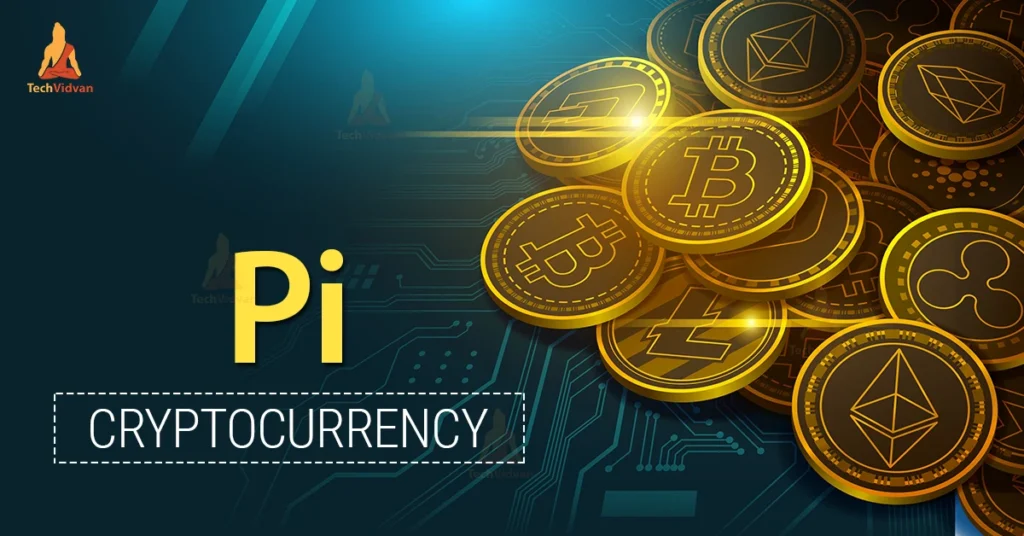Pi is a fascinating number. It appears everywhere in math and science. But have you heard of Pi123? This term has been gaining attention, and many people are curious about it.
In this article, we will explore Pi123 in simple words. We will learn what it is, how it works, and why it matters. Let’s get started!
What is Pi123?
Pi123 is a unique concept related to the famous mathematical constant π (pi). It is often used in calculations, programming, and problem-solving.
Many students, teachers, and researchers use Pi123 for different purposes. It helps in simplifying mathematical problems. Some even use it for coding and calculations.
Why is Pi123 Important?
Pi123 is useful in many ways. Here’s why it matters:
- Makes calculations easier – It simplifies complex equations.
- Used in programming – Some developers use it in coding.
- Helps in learning math – It makes math fun and easy.
- Useful in science – Many scientific formulas include Pi.
Pi123 is not just a random number. It has many applications in real life.
How is Pi123 Different from Pi?
Pi (π) is a constant. It is approximately 3.14159. It represents the ratio of a circle’s circumference to its diameter.
Pi123 is a broader term. It includes π but also extends to different uses. Some people use it for programming, while others apply it in various calculations.
Key Differences
| Feature | Pi (π) | Pi123 |
| Definition | Mathematical constant | Extended use of Pi |
| Value | 3.14159… | Can vary |
| Use | Circles, geometry | Coding, calculations, learning |
Pi is an ancient concept, while Pi123 is a modern extension.
Uses of Pi123 in Daily Life
Many people think Pi123 is only for math lovers. But it has real-world uses too.
Some Common Uses:
- Education – Teachers use it to explain math concepts.
- Programming – Some programmers use it for algorithms.
- Engineering – It helps in design and calculations.
- Science – Used in physics and space research.
- Fun Learning – Makes learning math more enjoyable.
Pi123 is not just for experts. Anyone can explore and use it!
How to Calculate Pi123?
Calculating Pi123 depends on its use. If you’re using it for math, it may involve simple equations. If for coding, it may involve programming logic.
Here’s a basic way to understand Pi calculations:
- Use π (3.14159) – Start with the standard Pi value.
- Apply formulas – Use it in area or circumference calculations.
- Extend for coding – Some developers apply it in scripts.
Pi123 can be calculated in different ways, depending on the need.
Pi123 in Programming
Pi123 is sometimes used in coding. Developers use Pi-related values for different calculations.
How is it Used?
- Algorithms – Some math-related programs use Pi values.
- Simulations – Used in physics-based simulations.
- Game Development – Helps in designing circular objects.
Pi123 helps programmers handle calculations in a simple way.
Fun Facts About Pi123
- Pi has been studied for over 4,000 years.
- Some people memorize Pi up to 100,000 digits.
- NASA uses Pi for space calculations.
- Pi123 is a modern term but related to ancient Pi.
- You can celebrate Pi Day on March 14 (3/14).
Pi123 is an exciting topic. It connects math, science, and technology.
FAQs About Pi123
1. What does Pi123 mean?
Pi123 refers to the extended use of Pi in various fields like math, coding, and calculations.
2. Is Pi123 the same as Pi?
No. Pi (π) is a constant, while Pi123 is a broader term that includes different applications.
3. Can I use Pi123 in coding?
Yes! Some programmers use it in algorithms, simulations, and game development.
4. Why is Pi123 useful in math?
It helps simplify complex calculations and makes learning easier.
5. Is Pi123 difficult to understand?
Not at all! Anyone can learn about Pi123 with simple explanations and examples.
Conclusion
Pi123 is an interesting and useful concept. It extends the use of Pi beyond just circles and geometry.
From math to programming, Pi123 has many applications. Whether you’re a student, teacher, or developer, exploring Pi123 can be fun and helpful.
So, next time you see Pi, remember that Pi123 is much more than just a number!
